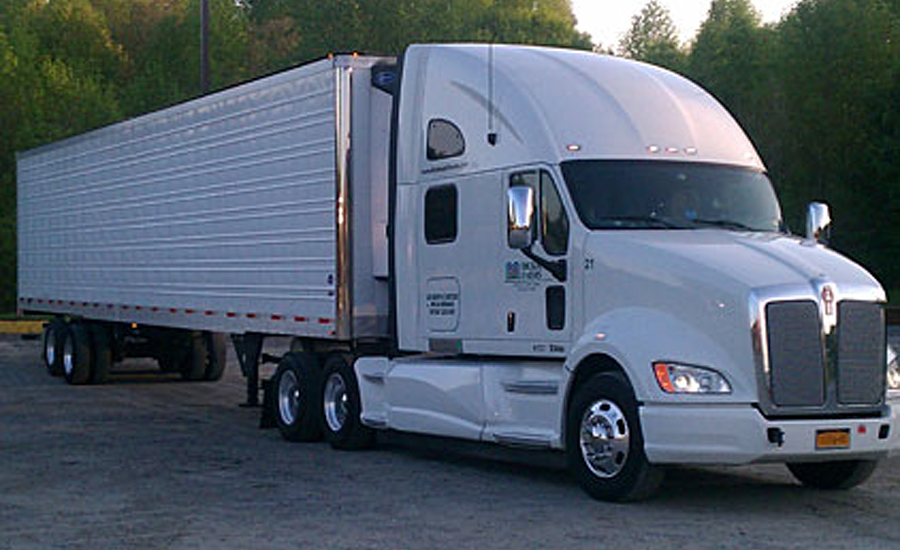Last-mile distribution facilities for e-commerce are popping up in close proximity to the population centers of major U.S. cities, creating a foundation for rapid-delivery service that didn’t exist on this scale as recently as a few years ago, according to a new report from CBRE, Los Angeles.
CBRE analyzed the location of last-mile distribution facilities opened within just the past two years in the 15 largest U.S. population centers, finding that they are positioned, on average, between 6-9 miles from the centerpoint of the largest population areas they serve.
Denser cities tend to have shorter average distances, such as the 6-mile average in San Francisco and the 6.3-mile average in Philadelphia. Meanwhile, cities that are more spread out have longer averages, such as 7.5 miles in Houston, 8.5 miles in Phoenix and 9 miles in Southern California’s Inland Empire.
The close proximity of the last-mile facilities to huge populations of customers facilitates online shoppers’ growing expectations of nearly instantaneous delivery of their orders. Earlier this decade, goods ordered online often were delivered to customers from much larger facilities much farther away, sometimes in other states.
“These close-in fulfillment centers have proliferated within the past two years, underscoring the need for retailers to have large batches of inventory within 10 miles of most of their customers, so they can fulfill orders as rapidly as possible,” says David Egan, global head of industrial and logistics research. “This is an entirely new link in most supply chains that delivers on the promise of fast, super-high-performance delivery.”
Last-mile distribution centers—sometimes called “last touch” centers—generally are the final point of distribution for goods before they arrive on customers’ doorsteps, though the distance from the distribution center to the customer often is more than a single mile. In compiling these average distances, CBRE focused on newly opened distribution centers smaller than 200,000 square feet in the Top 15 markets.
“Development of last-mile strategies still is in the early stages, so the average distances in many metros is likely to shrink a bit more in the coming years,” Egan says. “We’re also likely to see many different types of real estate considered for last-mile centers.”






